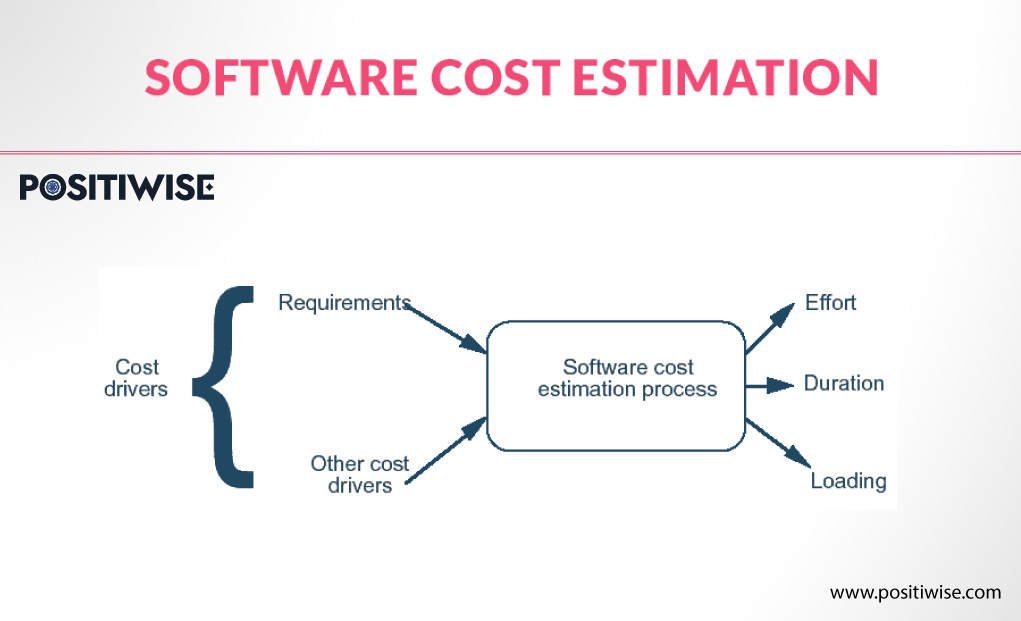Quick Overview:
Low Code Development has been around for years now. However, it has only recently gained traction within large companies. Nowadays, people are witnessing a greater prevalence of low-code development, particularly among smaller teams aiming to assert authority over their own IT environment. “Joint code development” has lingered as a buzzword for a few years, but it has recently gained a fresh significance as developers have rekindled their appreciation for the potency of compact code bases.
The most significant benefit of low code development is that it allows companies to scale faster than they could previously with traditional software development methods. You won’t need to endure months or even years of waiting for the development of your software. Instead, you can incorporate features as necessary rather than including them in advance and subjecting them to comprehensive testing before the release.
What is Low Code Development?
Low code development meaning is a method that uses only low-level software components to build applications. This approach’s advantage is that it allows developers to work directly with the underlying computer hardware instead of writing code that runs on a machine in a high-level programming language. This allows low-code developers to fully understand their applications’ performance and behavior, leading to more secure and reliable applications.
Other industries, including science and engineering, have employed low-code development. However, software developers have only recently embraced it due to its flexibility, scalability, and cost-saving benefits.
Low-code development provides an alternative way for software developers to build applications without writing code themselves. Instead, they use a cloud-based service or tool that automates all the low-level tasks involved in building software systems, such as data input/output (I/O), data storage, data processing, and network connectivity.
Why People Believe in Low Code Development Trends
There are many reasons people believe in low code development trends. Here are the top reasons:
Increase Productivity
As the name suggests, low code development allows for flexibility and agility in delivering projects. This can be beneficial for companies that want to increase productivity and increase their efficiency. Being more agile in delivering new features or functionality can help companies stay ahead of their competition and ensure they can have it on time.
Low code development trends can help increase productivity by reducing barriers for business owners and developers. For example, with low code development, one developer can do a job that used to take two or more developers to do.
Cost Efficient
Low code development allows companies to reduce costs by eliminating developers’ unnecessary work. Using low-code development tools, companies can save on resources such as developers, designers, and project managers. This can help them keep their costs down while maintaining a high-quality level and achieving success within their business.
Low code development will reduce business costs by hiring and training new employees while increasing productivity among existing employees. Low code development allows companies to produce more with fewer resources leading to lower costs and higher profits.
Easy to Maintain
One of the main benefits of low code development is that it makes it easier for companies to maintain existing software systems, which reduces overall costs and helps them stay competitive against other competitors in the market space when no changes are being made to an existing system.
Low code development makes it easier for businesses to maintain their existing websites without hiring additional staff just because their website needs updating or fixing. This is especially true when using tools such as WordPress, which has an easy-to-use interface that makes updating websites very simple compared with other CMS platforms such as Drupal and Joomla, which require more technical knowledge.
Reducing Barriers to Entrepreneurship
Low code development trends are a way to help entrepreneurs, who have limited resources and time, build their businesses. The idea is to make it easier for small businesses to start by eliminating certain barriers preventing them from doing so.
This approach has been gaining popularity over the last few years as more people realize that starting a business can be difficult and even intimidating. Entrepreneurs often worry about creating a company structure, hiring employees, and finding customers. Fortunately, many low-code development trends can help entrepreneurs overcome these obstacles and start businesses without worrying about them.
Best Low Code Platforms
The platform allows developers to build applications using simple drag-and-drop tools and automatically deploy them to their environment. Best four low code platforms to start low code development:
Power Apps
PowerApps is a cloud-based application development platform that offers ready-to-use business apps, workflows, and integrations. The platform is designed for teams of any size, from small businesses to large enterprises. It’s easy to use, offers powerful features, and has a drag-and-drop interface that makes it suitable for both beginners and professionals.
The app creator can focus on developing the functionality, while Power Apps handles the back-end and business logic. Companies like Intuit and PayPal have used the platform to create several applications for their customers.
Web.com
Web.com is a low-code development platform that allows users to create custom websites using a drag-and-drop visual builder tool that reduces development time by up to 80% over traditional methods. Web App Builder comes with prebuilt templates, or you can customize each page as you build your site, creating the perfect website for your business needs in minutes instead of days or weeks.
It also provides analytics tools, marketing automation, social media management tools, fraud detection solutions, and more. Web.com also has a team of developers on staff who can help you get started with your new application or website quickly and easily.
Zoho Creator
Zoho Creator is another cloud-based application development tool that allows users to create custom websites, mobile apps, and desktop apps at an affordable price while providing access to advanced features such as data connections and device management capabilities using drag-and-drop features built into their browsers (desktop or laptop). This tool has been used by thousands of organizations worldwide.
It comes with free plans, but additional features can be purchased as add-ons in the form of “Extras.” Zoho Creator also includes collaboration tools like version control and bug tracking so teams can work together on projects simultaneously across multiple devices.
OutSystems
OutSystems is a low-code platform that can be used across multiple industries. It is ideal for creating and managing applications that need to link data, automate business processes and manage data. OutSystems is an enterprise-level platform that provides all the tools to build a complete, end-to-end application.
The OutSystems Platform includes a rich set of development tools, such as business process management, integration and deployment solutions, and a runtime environment. It’s an agile and flexible platform that delivers high-quality code in minutes instead of weeks or months.
Accelerate Your Business with Custom Software Solutions
Struggling with outdated or ineffective software? Our expert team provides custom systems designed specifically for your business needs. We analyze your operations, build solutions to fit your workflow and integrate with existing infrastructure.
Conclusion
Keep in mind that developers are essential when building applications of any complexity. However, most applications can be successfully built with low code and custom development. For example, consider a business application that automates your customer service department. This app includes the main user interface, with several sub-sections to enable support agents to respond to tickets and network via instant messaging.
Building the whole thing using low code would likely be impossible or require a different programming language. Still, focus on the main screen and instant messaging capabilities (i.e., the core interactions). You can build the custom parts cheaply and relatively quickly and fully comply with your enterprise architecture.
Expert in Software & Web App Engineering
Parag Mehta, the CEO and Founder of Positiwise Software Pvt Ltd has extensive knowledge of the development niche. He is implementing custom strategies to craft highly-appealing and robust applications for its clients and supporting employees to grow and ace the tasks. He is a consistent learner and always provides the best-in-quality solutions, accelerating productivity.






